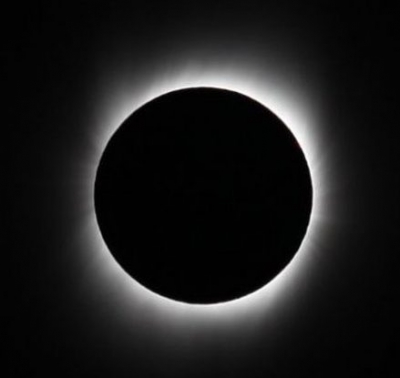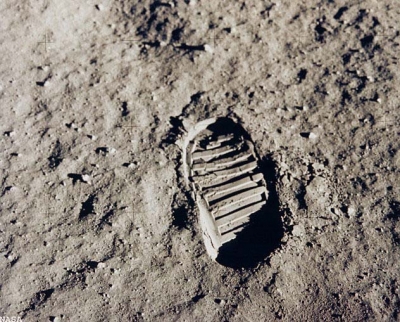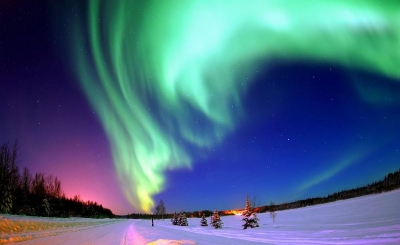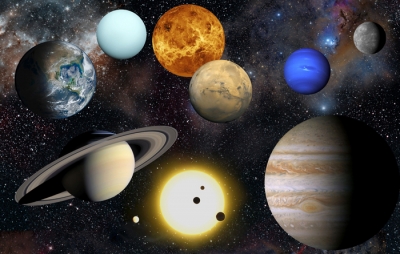How the Moon can block the light from the big star?

In the event of a total solar eclipse, the Sun’s light is completely blocked by the Moon. But have you wondered how the Moon, which is about 400 times smaller than the Sun, can block the light from the big star?
It’s a matter of distance
The distance between the Earth and the Sun, and the Earth and the Moon is at the crux of this answer.
Objects that are closer to us appear much larger than objects that are much farther away. For example, the stars in the sky might look like tiny objects but are actually much larger than the Sun. they appear so because their distance from the Earth is much more than the Sun’s distance from Earth.
Thus, though the Moon is 400 times smaller than the Sun, because it is much closer to Earth, it appears to be the same size as the Sun from Earth. So, when the Moon comes between the Earth and the Sun, it appears to completely block the light from the Sun.
An end to total eclipse?
Total solar eclipses won’t be around forever because the Moon’s orbit is changing. The Moon’s orbit grows about 1.5 inches larger every year. And as the Moon’s orbit takes it farther away from the Earth, it will appear much smaller than it does currently. Once the Moon’s growing orbit takes it approximately 23,500 km farther from Earth, it will be too far away to completely block the light from the Sun.
The good news though is, if you look at the maths, this won’t happen for the next 600 million years, at least.
Picture Credit : Google


